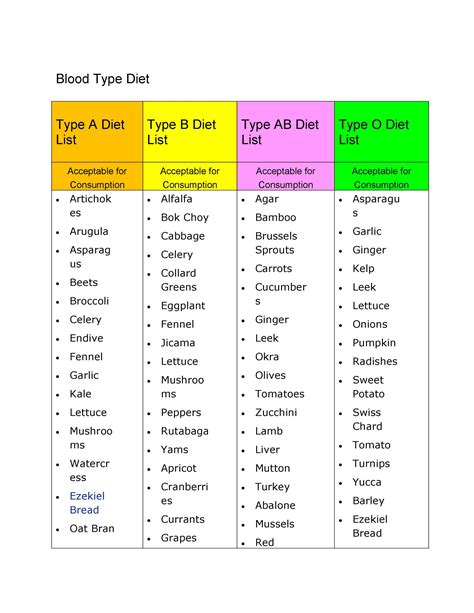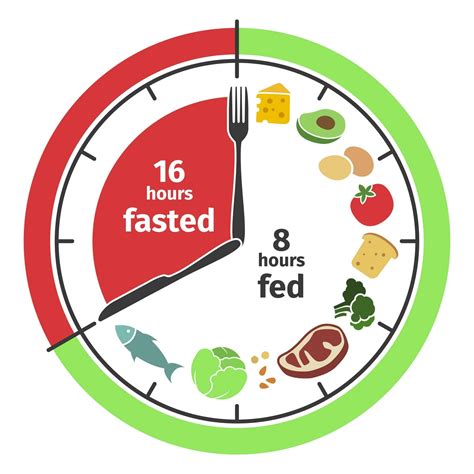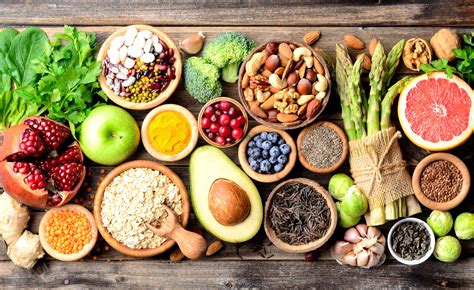Discover the benefits of the Paleolithic Diet, foods to eat, meal planning tips, and success strategies. Start your journey to a healthier lifestyle today!
Understanding the Paleolithic Diet
Contents
The Paleolithic Diet, also known as the caveman diet or stone-age diet, is based on the idea of eating the same foods that our hunter-gatherer ancestors did during the Paleolithic era. This means consuming foods that could have been obtained through hunting and gathering, such as lean meats, fish, fruits, vegetables, nuts, and seeds. The diet excludes processed foods, dairy products, grains, and legumes, as these were not part of the pre-agricultural diet.
Proponents of the Paleolithic Diet believe that our bodies are best adapted to the foods that were available during the Paleolithic era, and that modern diets high in processed foods, sugar, and unhealthy fats contribute to many of the chronic diseases that are prevalent today. By sticking to the foods that our ancestors would have eaten, the Paleolithic Diet aims to improve overall health and reduce the risk of modern diseases.
While some people may question the practicality of following a diet based on foods that were available thousands of years ago, many individuals have found success in adopting a Paleolithic Diet and have reported improvements in weight, energy levels, and overall health. Understanding the principles of the Paleolithic Diet can help individuals make informed decisions about their dietary choices and determine whether this approach is the right fit for their lifestyle and health goals.
When considering the Paleolithic Diet, it’s important to consult with a healthcare professional or nutritionist to ensure that the diet is balanced and suitable for individual needs. Additionally, incorporating exercise and other healthy lifestyle habits alongside the Paleolithic Diet can contribute to overall wellness and long-term success.
Foods to Eat on the Paleolithic Diet
When following the Paleolithic Diet, it is important to focus on consuming foods that were available to our ancestors during the Paleolithic era. This means sticking to a diet primarily composed of lean meats, fish, fruits, vegetables, nuts, and seeds. These foods are all rich in nutrients and low in processed ingredients, making them ideal for this particular nutritional approach.
One of the main components of the Paleolithic Diet is animal protein. This can come from a variety of sources including beef, chicken, turkey, and fish. It is important to choose grass-fed and organic options whenever possible to maximize the nutritional value of these foods. These lean meats are a great source of protein and healthy fats which are essential for the body.
Moreover, fruits and vegetables make up a large portion of the Paleolithic Diet. These foods are packed with essential vitamins, minerals, and antioxidants that are crucial for maintaining overall health. Examples of fruits and vegetables that are often included in this diet are apples, bananas, berries, spinach, broccoli, and bell peppers.
In addition, nuts and seeds are another important part of the Paleolithic Diet. They provide a good source of healthy fats, fiber, and protein. Examples of nuts and seeds that are commonly included in this diet are almonds, walnuts, flaxseeds, and chia seeds. These can be eaten as snacks or added to meals for extra nutrition.
Overall, the Paleolithic Diet focuses on eating foods that are whole, nutrient-dense, and free from artificial additives. By incorporating a variety of lean meats, fish, fruits, vegetables, nuts, and seeds into your daily meals, you can ensure that you are following this ancient and nutritious eating plan.
Meal Planning for the Paleolithic Diet
When following the Paleolithic Diet, meal planning becomes essential to ensure that you are consuming a well-balanced and nutritious diet. The goal of this diet is to mimic the eating habits of our ancestors in the Paleolithic era, focusing on whole, unprocessed foods such as lean meats, fish, fruits, vegetables, nuts, and seeds.
One important aspect of meal planning for the Paleolithic Diet is to prioritize protein-rich foods. This includes incorporating a variety of lean meats, such as chicken, turkey, and grass-fed beef, as well as fish and seafood. These protein sources are essential for muscle repair and growth, as well as providing a sense of satiety.
In addition to protein, it’s crucial to include a wide array of colorful vegetables and fruits in your meal planning. These provide essential vitamins, minerals, and antioxidants that are beneficial for overall health. Aim to include a variety of leafy greens, berries, and other colorful produce to ensure you are getting a diverse range of nutrients.
Furthermore, including healthy fats in your meal planning is key to the Paleolithic Diet. This can be achieved through consuming foods such as avocados, olive oil, and nuts. These fats are important for hormone production, brain function, and aiding in the absorption of fat-soluble vitamins.
Finally, when meal planning for the Paleolithic Diet, it’s important to focus on consuming whole, natural foods and avoiding processed products. This means prioritizing foods that are free from added sugars, refined grains, and artificial ingredients. By following these guidelines, you can create a well-rounded meal plan that supports the principles of the Paleolithic Diet.
Benefits of the Paleolithic Diet
The Paleolithic diet, also known as the Paleo diet, is based on the principle of eating the same foods that our ancestors would have consumed during the Paleolithic era. This means consuming foods that can be hunted, fished or gathered such as lean meats, fish, fruits, vegetables, nuts and seeds while excluding grains, dairy, and processed foods. The benefits of following a Paleolithic diet are numerous and can have a positive impact on overall health and well-being.
One of the key benefits of the Paleolithic diet is its emphasis on consuming whole, nutrient-dense foods. By eliminating processed and refined foods, individuals are more likely to consume a diet that is rich in essential nutrients, including vitamins, minerals, and antioxidants. This can help to support a healthy immune system, improve energy levels, and promote overall vitality.
Another advantage of the Paleolithic diet is its potential to support weight loss and management. By focusing on lean proteins, healthy fats, and fiber-rich fruits and vegetables, individuals may find it easier to maintain a healthy body weight. Additionally, the elimination of processed sugars and refined carbohydrates can help to reduce cravings and stabilize blood sugar levels.
Reduced inflammation is also a commonly reported benefit of adopting a Paleolithic diet. Many processed foods are known to contribute to inflammation in the body, which can lead to a range of chronic health conditions. By emphasizing natural, whole foods, the Paleolithic diet may help to reduce inflammation and lower the risk of developing conditions such as heart disease, diabetes, and arthritis.
Finally, the Paleolithic diet has been associated with improved digestion and gut health. The focus on fiber-rich fruits and vegetables, as well as the elimination of processed grains and dairy, can promote a healthy gut microbiome. This can lead to better digestion, improved nutrient absorption, and a reduced risk of digestive issues such as bloating, gas, and constipation.
Tips for Success on the Paleolithic Diet
Following the Paleolithic diet can be quite challenging, but with the right approach, it can also be incredibly rewarding. Here are some helpful tips to help you succeed on this ancient way of eating.
First and foremost, it’s important to educate yourself about the Paleo diet and understand the principle behind it. Knowing the types of foods that were consumed during the Paleolithic era can help you make informed decisions when planning your meals.
Next, make sure to stock your kitchen with the right kinds of foods. Load up on lean meats, fish, fruits, vegetables, nuts, and seeds, while eliminating processed foods, grains, and dairy. Having the right ingredients readily available will make it much easier to stick to your Paleo eating plan.
Consistency is key when it comes to any diet, including the Paleolithic diet. Set realistic goals for yourself and stay committed to them. It’s okay to indulge in a treat every so often, but try to maintain the discipline necessary to see results.
Finally, seek support from others who are also following the Paleo diet. Joining a community or finding a supportive network can help keep you motivated and accountable. Additionally, remember that everyone’s journey is unique, so be patient with yourself as you adapt to this new way of eating.












